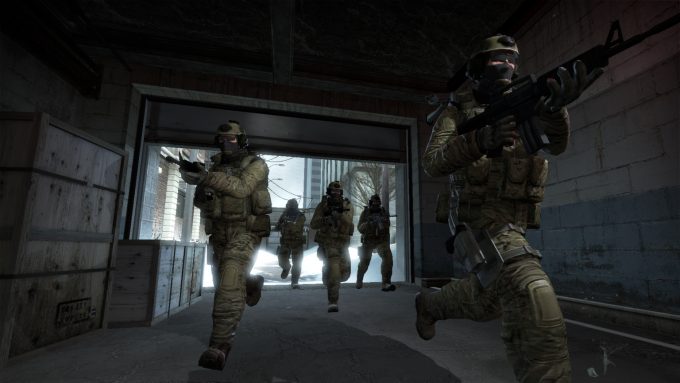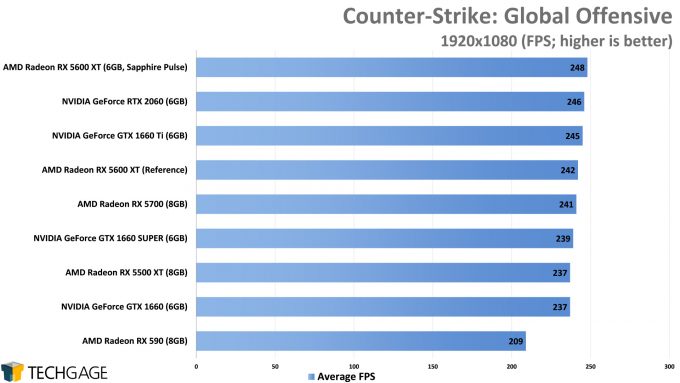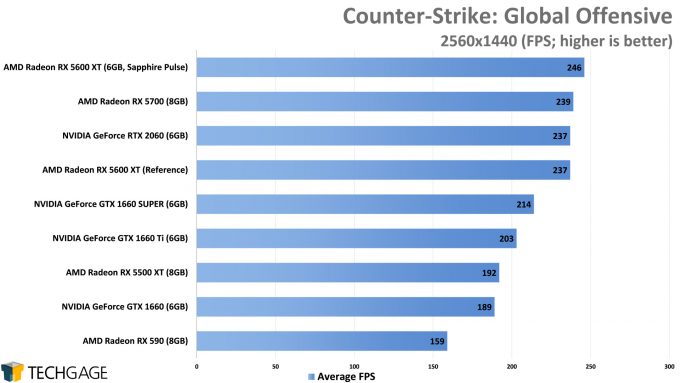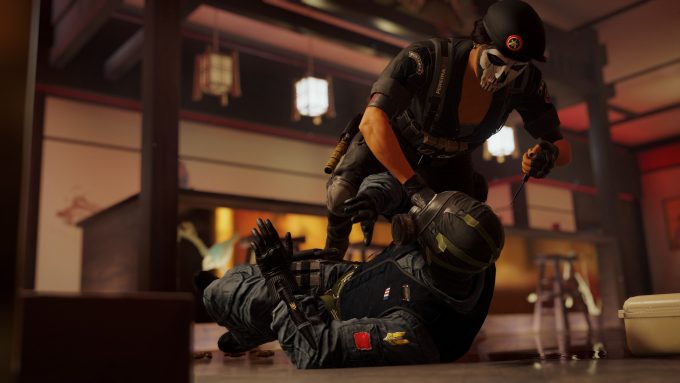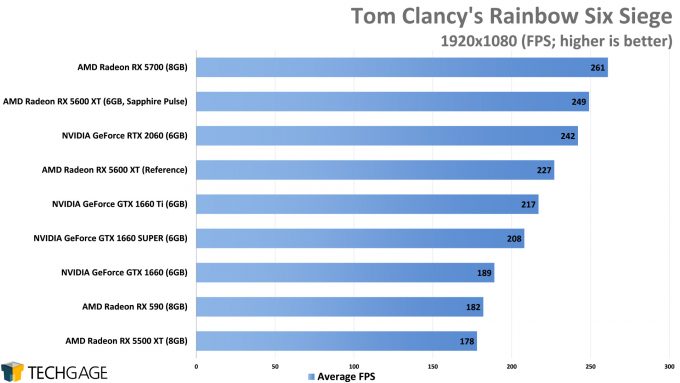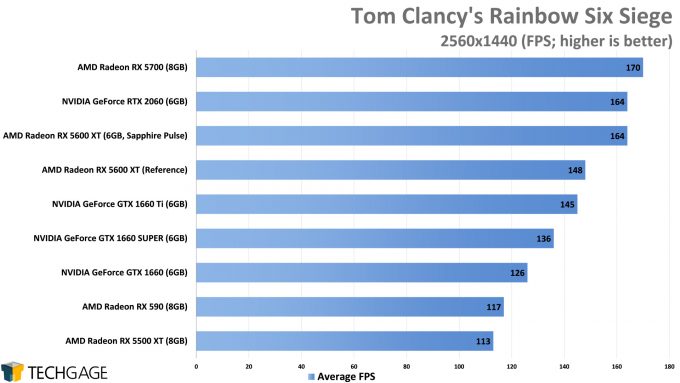- Qualcomm Launches Snapdragon 4 Gen 2 Mobile Platform
- AMD Launches Ryzen PRO 7000 Series Mobile & Desktop Platform
- Intel Launches Sleek Single-Slot Arc Pro A60 Workstation Graphics Card
- NVIDIA Announces Latest Ada Lovelace Additions: GeForce RTX 4060 Ti & RTX 4060
- Maxon Redshift With AMD Radeon GPU Rendering Support Now Available
AMD Radeon RX 5600 XT Graphics Card Review
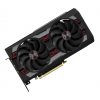
AMD’s latest gaming GPU to join its Radeon Navi family is the RX 5600 XT. With its price-point, and 6GB framebuffer, the RX 5600 XT takes NVIDIA’s GeForce RTX 2060 head-on. We’re taking a look at the card with both its reference BIOS, as well as its performance-boosting BIOS, which will bump both the GPU and memory clocks.
Page 4 – Gaming: , Counter-Strike: Global Offensive, Rainbow Six: Siege
Counter-Strike: Global Offensive
High-FPS gaming generally loves faster memory, which is one of the reasons the 1660 SUPER can sometimes outperform the technically superior 1660 Ti. In the 5600 XT’s case, the 14Gbps memory put the Pulse card at the top of both the 1080p and 1440p results. At 1080p, the scaling is rather boring, and overall, it appears all of those GPUs could handle 144Hz (we’d still not go with a low-end card if competitive gaming is important).
It’s not the focus of this review, but since we’ve brought up the 5500 XT a few times, it definitely should be here. Whereas that card doesn’t always manage to beat out the RX 590, it easily managed it using both resolutions here, and by a rather significant margin. Despite having a lower bandwidth rating, the performance goes from 8Gbps on the RX 590 to 14Gbps on the RX 5500, so we’re seeing clear advantages from faster memory here.
Rainbow Six: Siege
At both tested resolutions in Siege, we’re seeing a massive difference between the reference-clocked RX 5600 XT and the Sapphire Pulse boosted one. Again, we’re dealing with high-FPS here, but if your goal is to maximize your 144Hz monitor, you’ll obviously want to make sure you have as much extra breathing room as possible. A 148 FPS average at 1440p doesn’t mean it’ll never dip below 144Hz, so you have to keep that in mind (we haven’t recorded minimums here because they haven’t been consistent enough).
In CS: GO, the RX 5500 XT outpaced the RX 590 by quite a bit, but the situation changes in Siege, where the older RX 590 actually manages to be the better-performing card. It could be that this game just happens to be really optimized for the Polaris architecture, so hopefully the newer RX 5500 XT can take the lead here at some point in the future.
Support our efforts! With ad revenue at an all-time low for written websites, we're relying more than ever on reader support to help us continue putting so much effort into this type of content. You can support us by becoming a Patron, or by using our Amazon shopping affiliate links listed through our articles. Thanks for your support!




